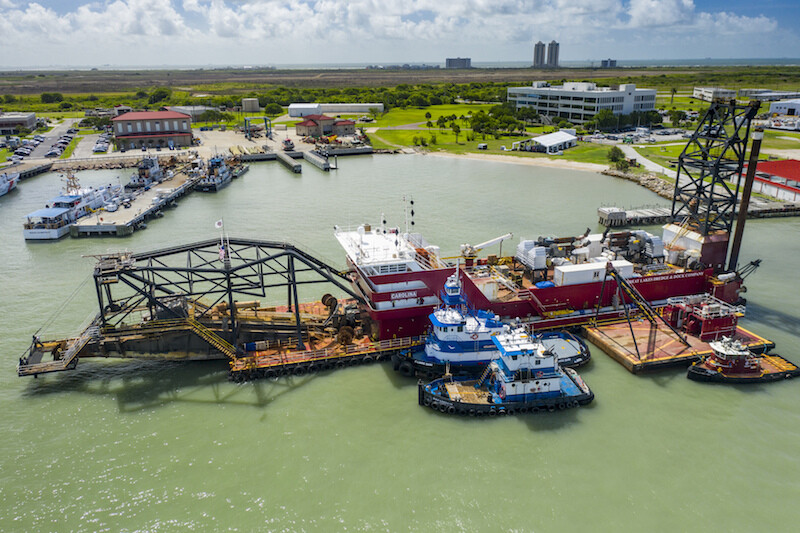Port Houston officially kicked off the $1 billion expansion of the Houston Ship Channel earlier this month.
Described by the port as a “generation-defining project,” these improvements to the nation’s busiest waterway – more safely and efficiently handling import and export containerships and other vessels – is expected to deliver jobs and growth to the Houston region, state, and nation.
More than 200 people, including elected officials and representatives from multiple sectors in the maritime industry, attended the event.
“All of our partners here view what some would call problems or challenges as opportunities,” Port Houston Chairman Ric Campo said, but “opportunities to drive our industry forward and reimagine how we tackle these challenges in new innovative ways, generating greater results for all.”
The challenges to the global supply chain over the past two years have highlighted the critical importance of ports and the maritime industry.
“This project is important on many levels, including improving the efficiency of our nation’s supply chains, promoting navigational safety, and creating environmental benefits through the innovative use of dredged material,” said Assistant Secretary of the Army (Civil Works) Michael Connor.
Known locally as Project 11 because it is the 11th major construction project of the waterway in its more than 100-year history, it's expected that the work of widening and deepening the Houston Ship Channel will have tremendous positive economic, safety, and environmental benefit for the nation.
Port Houston is partnering with the U.S. Army Corps of Engineers to expand the channel. When complete, the Houston Ship Channel expansion Project 11 will widen the channel by 170' along its Galveston Bay reach, from 530' to 700'. It will also deepen some upstream segments to 46.5', make other safety and efficiency improvements, and craft new environmental features.
The project is scheduled for completion in 2025. The Port of Houston Commission awarded the first dredging contract in 2021. The contract award includes use of efficient equipment expected to reduce NOx emissions 38% compared to Tier 3.
“The sooner we complete and utilize the project that delivers an increased $134 million annual economic impact, the better,” Campo said. “And ultimately what this means is more jobs.”
For more than 100 years, Port Houston has owned and operated the public wharves and terminals along the Houston Ship Channel, including the area’s largest breakbulk facility and two of the most efficient container terminals in the U.S.
The Houston Ship Channel complex and its more than 200 public and private terminals, collectively known as the Port of Houston, is the nation’s largest port for waterborne tonnage.



.JPG.small.400x400.jpg)

